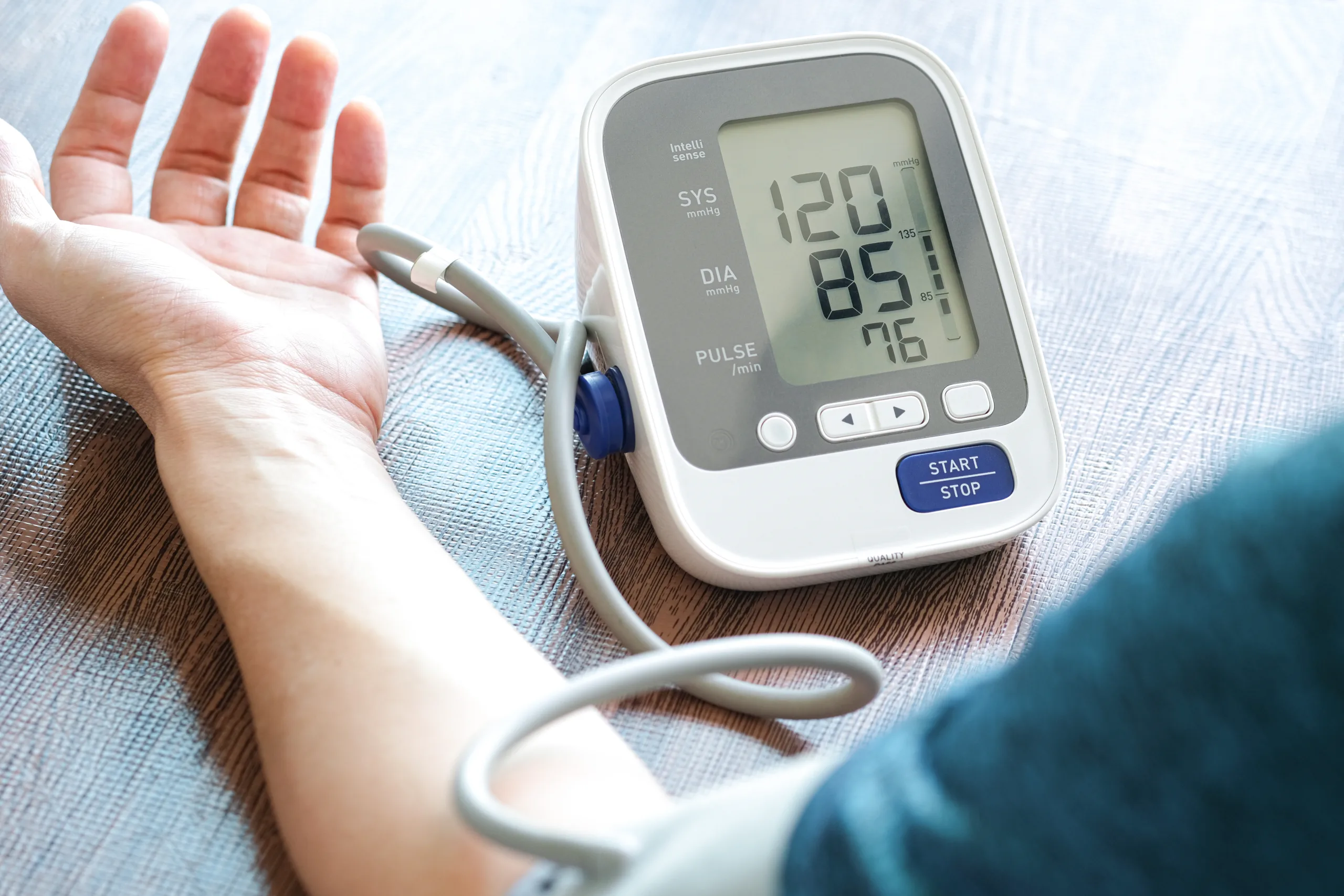In the realm of medical devices, ensuring biocompatibility is paramount. It is important that devices do not only what they claim they will do, but also that they will not have any unknown adverse effect on the patient’s body, including sensitization or irritation. This blog delves into the significance of biocompatibility testing, shedding light on the processes involved and the impact on patient safety.
Biocompatibility testing is a critical component of the FDA’s regulatory framework for medical devices. It involves assessing the compatibility of a device’s materials with the human body, ensuring that it does not elicit adverse reactions or harm tissues. This testing is particularly important for devices that come into direct or indirect contact with the body, such as implants, surgical instruments, and diagnostic equipment.
ISO 10993 is the FDA’s recognized consensus standard on biocompatibility for medical devices. This standard addresses specific aspects such as irritation, sensitization, and systemic toxicity, among many others. ISO 10993 also addresses conducting a risk assessment for biocompatibility, and some device specific biocompatibility hazards to consider.
Biocompatibility testing starts with material characterization. It is important to thoroughly analyze the composition of materials used in the medical device, to identify and quantify any potentially harmful substances. Subsequently, there are two types of testing important to biocomp:
- In Vitro Testing: Tests conducted using cell cultures to evaluate the device’s impact on biological systems. Assess cytotoxicity, genotoxicity, and other relevant factors.
- In Vivo Testing: Animal testing performed to observe the device’s effects within a living organism. Also used to evaluate the potential for inflammation, immunological responses, and other adverse reactions.
Back in September of 2023, the FDA updated its guidance document on the use of 10993, most notably excluding certain well-known materials from the typical stringent battery of biocompatibility testing. This was done because certain materials have a long regulatory history (such as LDPE), and thus the FDA wanted to reduce some of the premarket burden on medical device manufacturers by removing the requirement to conduct 10993 testing on well-know and well-tested materials. There are of course, many caveats with this guidance, and the FDA strongly urges manufacturers to submit a q-sub to confirm with the Agency prior to submitting a pre-market application.
In conclusion, biocompatibility testing is an integral part of the regulatory framework governing medical devices. By subjecting devices to rigorous testing, manufacturers not only ensure compliance with FDA standards but also prioritize patient safety. The meticulous evaluation of materials and their interactions with the human body contributes to the development of reliable and safe medical devices, fostering confidence in the healthcare community and ultimately benefiting patients worldwide.
Do you need help with understanding how Biocompatibility and ISO 10993 applies to your device? EMMA international can help! Call us at 248-987-4497 or email info@emmainternational.com to learn more.





